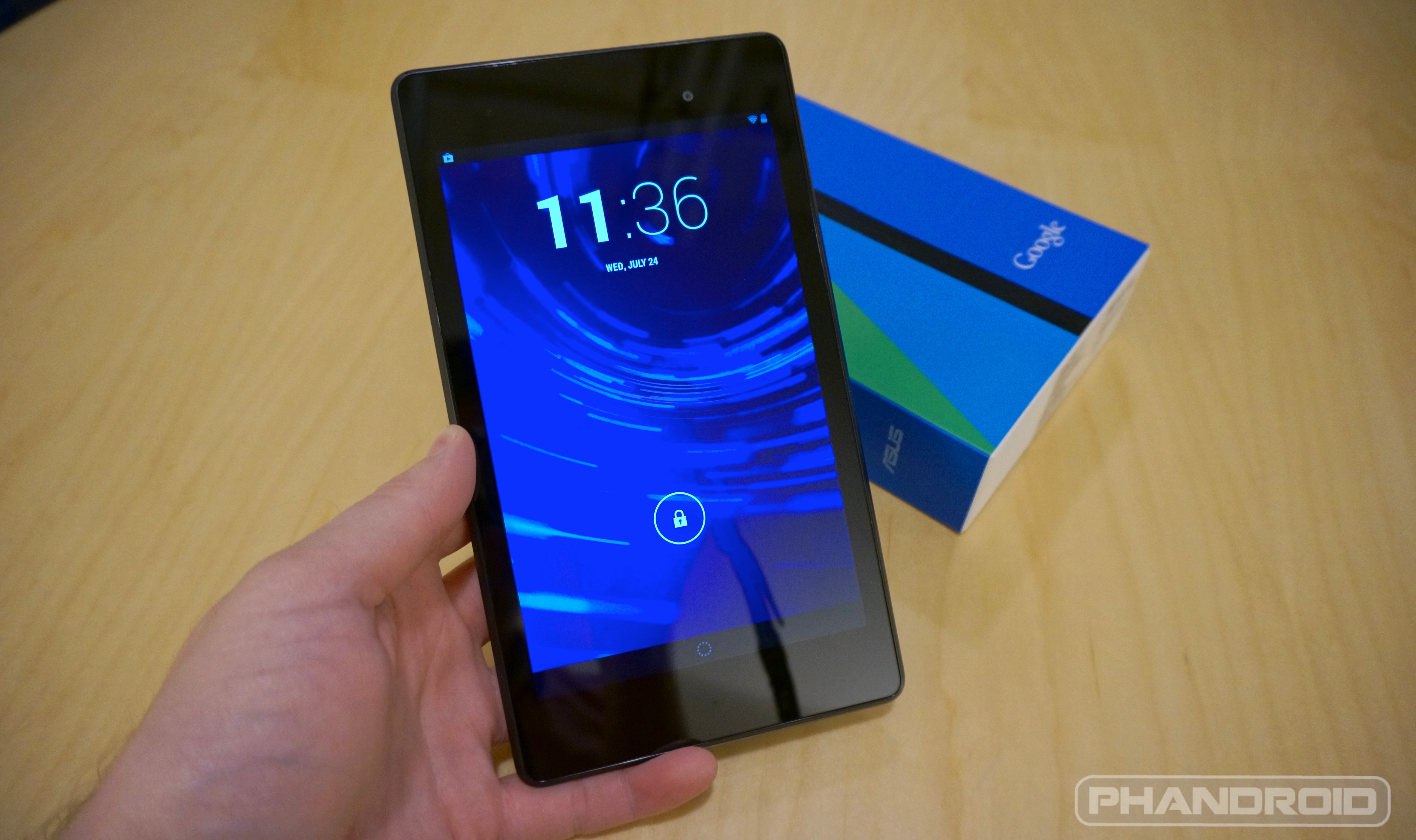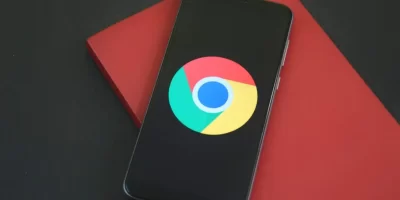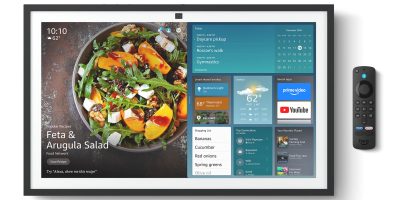Much noise was made about Google delaying the release of factory images for the new Nexus 7. The issue was so big that Android Open Source Project maintainer Jean-Baptiste Queru decided to quit his post as the head of the AOSP team. Qualcomm seems to be the reason for such delays, with the company apparently blocking the release of the factory images due to proprietary binaries of theirs for the Snapdragon chipset sitting inside.
Fortunately, that entire episode was much more short-lived than we imagined it would be. The 2013 Nexus 7’s factory images have finally been posted to the internet, binaries and all. The typical user won’t care or need these, though it’s important news for those who like custom ROMs. This will allow developers to get down and dirty with the device to create the awesome works of art known as CyanogenMod, Paranoid Android and the like.
We’re not sure what this means for JBQ’s initial reaction, but folks should take solace in knowing that the community outcry from the events that transpired likely had something to do with getting the ball rolling on having these drivers and images available. If you’re a developer and need these, grab them now from Google’s developers’ site. If you’re a user, keep your eye on the destination from your favorite ROMs for new goods in the days and weeks to come.
[Thanks to everyone who sent this in!]












I thought the issue was they weren’t going release the source and were only releasing binaries. Big difference?
WTF are binaries anyways ? Ive been on this site and other sites since 2009 and never ever read the word anywhere. Now its suddenly a big deal.
It is not something the end user has to worry about, but if you enjoy using custom roms it is something that we have to have in our hands.
Thanks for all the info everyone, very helpful.
http://en.wikipedia.org/wiki/Recency_illusion
http://en.wikipedia.org/wiki/List_of_cognitive_biases#Frequency_illusion
In this context, binaries refer to the compiled source code. And it is not “suddenly a big deal” to anyone who has ever written a program, even a very simple one. It is also not new to see this site refer to binaries being made available from a vendor. Here is one such example from 2010. phandroid.com/2010/02/01/htc-droid-eris-source-code-published/
Binaries are essentially a black box of compiled code. It runs, but you don’t have the source code to edit and recompile with changes. This is permitted under the Apachev2 (ASL) license that Android uses, as opposed to more open licenses such as the GPL.
The binaries are the compiled firmware. The factory images are needed to restore your device to stock. Parts of it can also be useful in creating custom ROMs or mods.
Binaries are the compiled device drivers needed to make your audio, sensors, NFC, graphics, camera, gps, wi-fi, bluetooth, media, drm, dsp, usb work on your phone if you want to develop your own modified version (ROM) of Android for it.
Factory Images allow you to re-image your phone if you are using ROMs or whatever and want to go back to factor reset on your phone. It’s like the Windows CD/DVD to reinstall your phone from scratch to the factory image.
Hilarious that only in the last week have I ever heard the word “binaries” in reference to a devices source code. Is the geek community trying to change the word by using it repeatedly till its adopted ?
You just haven’t been around any circles that contained devs apparently.
No all of us are satisfied being ignorant about the devices we use.
Also, since you don’t know what binaries are, you could just try googling it. (Google is a search engine, BTW.)